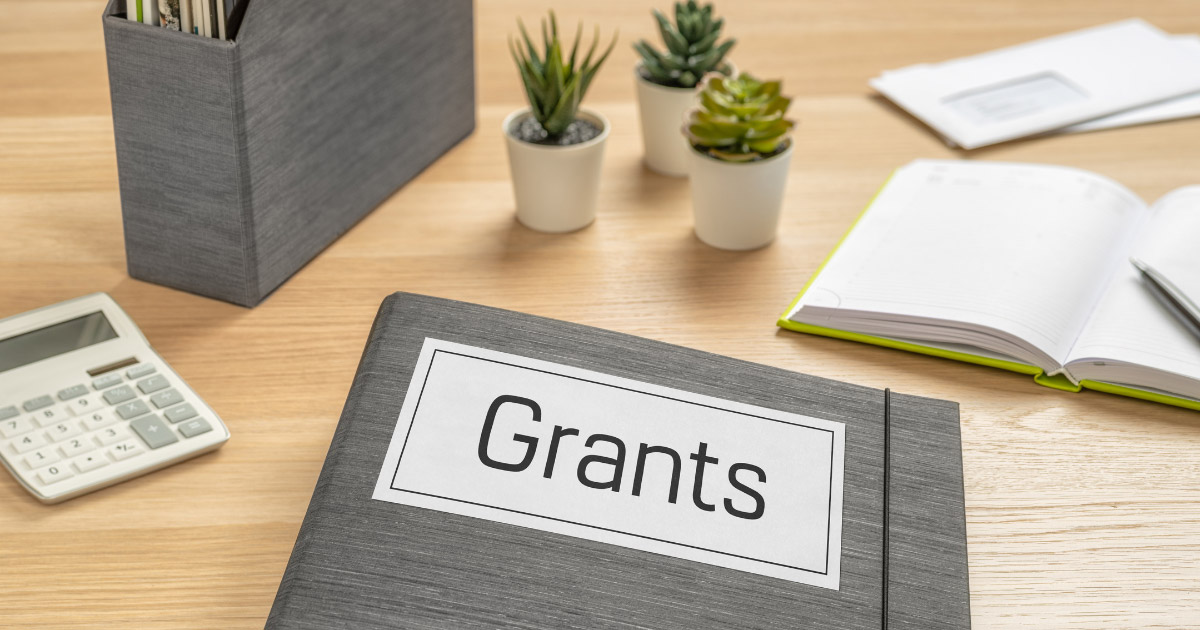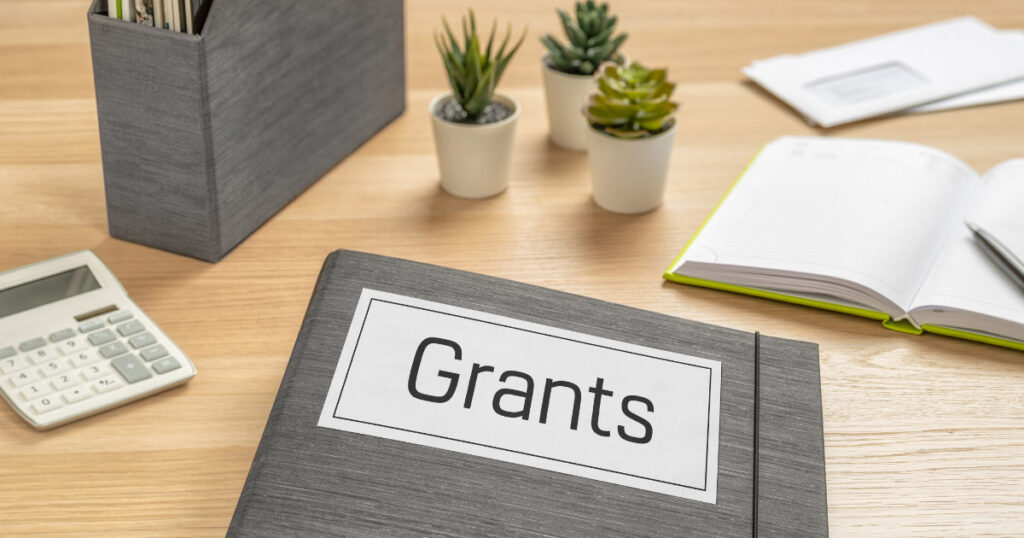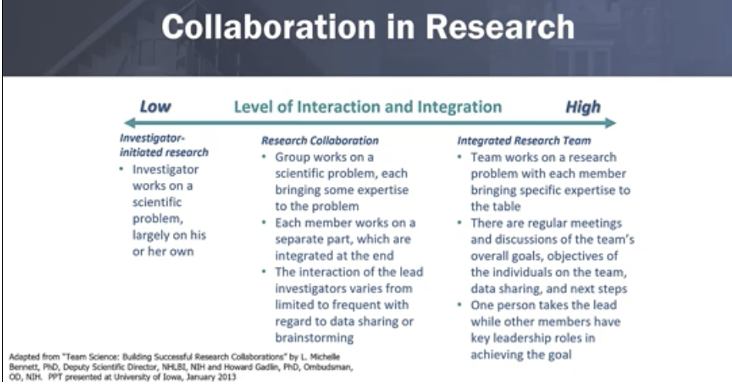
Hear from Dr. Yulia Levites on key considerations for your research grant
During a recent webinar with Dr. Yulia Levites, Assistant Professor Health Services, Research, Management, and Policy at University of Florida, she discussed how to approach and build an effective grantsmanship for funding research.
Here, we’ll highlight her recommendations for submitting your funding proposal. You can also watch the full webinar here. After reading these tips, don’t forget to apply for Lumivero’s Early Career Research Grant 2024!
The Importance of Grant Funding
Depending on the research you plan to do, it can become costly very quickly. Think about the equipment you may need, the people you have to hire to execute the research, and the various fees and subscriptions that might be needed for secondary research or even publishing the research at the end of the project. Many research teams do not have the funds necessary to cover these expenses and often turn to funders or agencies to help cover the costs as grant funding opportunities are not unlimited.
Acquiring a grant helps researchers gain credibility and recognition for their work which can enhance the potential impact of the research itself. This can help researchers advance in their careers and become sponsors for future funding. Sponsors help researchers through the complex funding process, offering advice and knowledge for building a strong foundation for the most effective research proposal.
Why Collaboration is Essential to Grantsmanship
As a researcher, you likely have many ideas for your next research project, but how do you identify which ones to prioritize and collect for your funding pitch?
In the webinar, Dr. Levites emphasized the importance of collaboration, stating that teams should never write a grant in isolation. She described the Collaboration Continuum, pictured below, which depicts the different levels of collaboration that exist for specific types of research.
Of course, collaboration comes with its challenges, such as increased time invested in planning and meetings and potential conflicts when it comes to responsibilities and competing priorities. However, by communicating with mentors, other researchers, and stakeholders, teams experience improved knowledge sharing, increased capacity to address service gaps, heightened creativity, increased access, and improved relationships.
Similar to collaboration is the concept of strategic teaming, which is an approach to project planning that is flexible in any given situation and allows teams to assess resources before taking action. In strategic teaming, teams think about what can be done before moving to what should be done by assessing the resources that already exist. What skills does your research team already possess? What tools, knowledge, connections, and support do you currently have?
“There may be instances where we have the most knowledgeable experts or the most reputable institutions backing us, yet without effective connections or resource documentation, we may make suboptimal decisions,” said Dr. Levites. “Even though we have the best ingredients, we might not achieve the results we're hoping for, so it’s important to think about teaming strategically in order to have clarity on what we’re trying to put together even before we start the actual writing.”
After determining what assets your team already has, you can start to identify what’s missing to improve the project and make the most effective funding application. If physical space, for instance, is not on your list and represents a gap in your grantsmanship, you might look for someone who’s willing to share that asset, giving you the space and equipment you need to complete the project.
Once your internal assets are identified and you’ve made the appropriate introductions to collaborate and fill the gaps, you can then begin to form the question of what should be done to write the most effective grantsmanship application.
Writing a Strong Proposal for Research Funding
So, you’ve gathered your team and filled the gaps, but how do you actually write a strong proposal? Consider these steps when writing your proposal:
- Story development: Every proposal needs a story to state the problem you’re addressing and how you’re addressing it in a unique and creative way.
- Problem of interest: Think about who you’re approaching for funding. Do they have any interests or causes they’re committed to? How do your ideas fit in furthering their mission? Approach your story and proposal with this in mind to appeal to sides that the funder cares about most.
- Proposal presentation: Each presentation must capture your story, appeal to your audience, and be clear in delivery. Think about how you plan to present your proposal. Does the funder require a research paper? Would they prefer an interactive or visual presentation? Keep these aspects in mind to ensure an effective presentation.
- Team considerations: Who is part of your proposal, your presentation, and your larger research team? Your resources play an important role in your pursuit for grantsmanship, but make sure to include them when appropriate. Knowing the funder and what they’re looking for will help determine when and how you introduce your full team.
- Relationship building: Finally, build a relationship with your funder and get to know them. The deeper the relationship, the more likely you can create an effective proposal in the format they most prefer, and the higher the chances are that your grant gets approved.
“One piece of advice I have for anyone just starting out is to find a sponsor - not a grant sponsor, but a person who can help you walk the walk and show you how to manage the proposal. With your first grant, aim to be a co-investigator because you will learn so much from this process,” said Dr. Levites. “You may feel that you are sharing a big load without the accolade of seeing your name on the formal documents, but it will provide you a tremendous amount of learning and expand your collaboration network.”
Are you ready to get started forming your grantsmanship team and writing your proposal? Citavi research software allows teams to stay organized throughout the collaboration and research writing phases so you can focus on building those important relationships.
Download your free 30-day Citavi trial today and get started on your application for Lumivero’s Early Career Researcher Grant!


